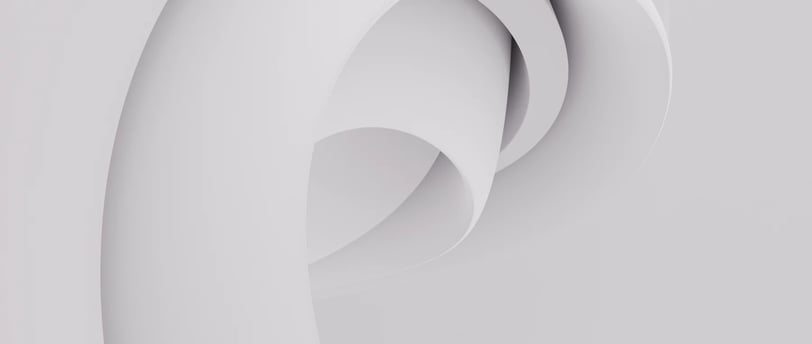Thoughts on Composition
Reflections on learning photograph composition on Youtube
Peter Cameron
7/31/20232 min read


What have I learned by watching YouTube videos about photographers and composition? Given I had prior knowledge, most was revision. If I didn't know it as expressed by the video, I knew it under a different name. I hope there was a deepening in understanding.
Below is a brain dump of what I understand now. It is a relatively long list because it compiles different views. Not all items are the same type, so I've grouped them into categories.
Elements in Composition
Line: Vertical denotes power. Horizontal calm. Diagonal energy.
Shape: The silhouette, Geometric, organic, hard edge, soft edge.
Form: Gives the feeling of depth. Use perspective, overlapping, sizes etc
Pattern: Rhythm (The pattern), tempo (The speed)
Texture: Adds feel and touch sense. (Accentuate with oblique light)
Colour: Adds emotion and mood. Dimensions: value, chroma, saturation
Contrast: E.g. value, size, metaphor
Symetary: Also asymmetry. Bings calm staid feeling.
Layers: Helps with depth. Foreground, midground, background, sky
Subject/field: (Figure/ground) Subject should be clear. Field plays a supporting role.
AIDS to Better Composition
Rule of 3ds: Golden ratio
Negative space: Helps define the subject
Rule of odds: Prefer amount of objects like 1,3,5,7
Leading line: Leads eye to the subject
Camera Controls as Creative Controls
Focus: The focal point, usually subject
Shutter: Controls blur
Aperture: Controls the depth of field
ASA: Controls grain
Coverage: Describes what is included in the frame. Controlled by the camera.
Gestalt Principles
Figure-ground: Viewers tend to want to separate images into figure and ground. We can help with DOF, contrasts., and simple backgrounds.
Similarity: Are seen as being part of the same group. (family). Can create a pattern over the frame. Can create harmony.
Proximity: Objects that are close together are seen as a unit. (Family). Promotes unity and connection. Stronger than similarity.
Closure: The viewer's mind tends to complete a shape or pattern. Closure means that hidden elements can be implied. Sometimes this is more interesting.
Continuation: A series of similar objects will be seen as a line. The line will extend beyond the object. Can be used as leading lines.
Symmetry and balance: Symmetry = stability, order. Asymmetry = dynamic, engaging.
Isolation: An item that is isolated stands out
Common Fate: Elements that move in the same direction are perceived as related.
Law of emergence: The whole image is identified before the parts of the image.
